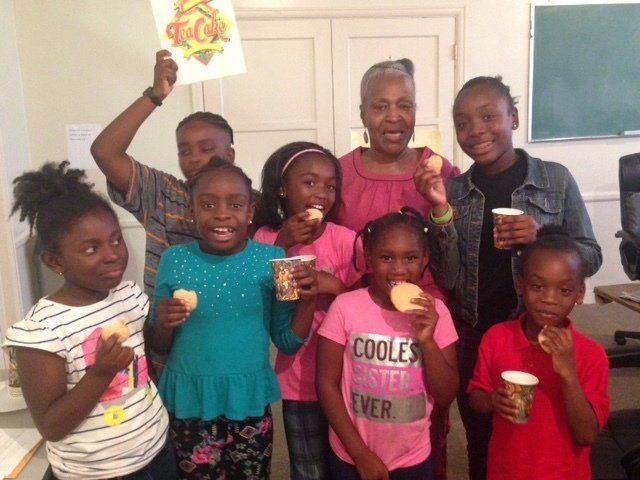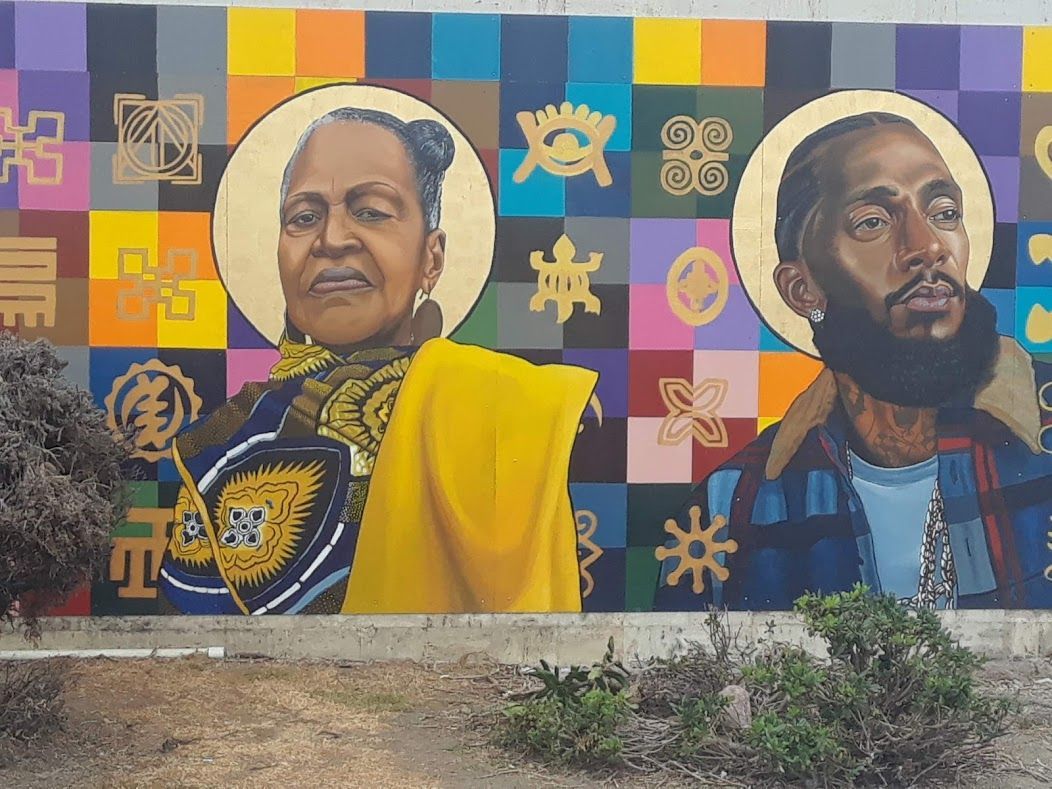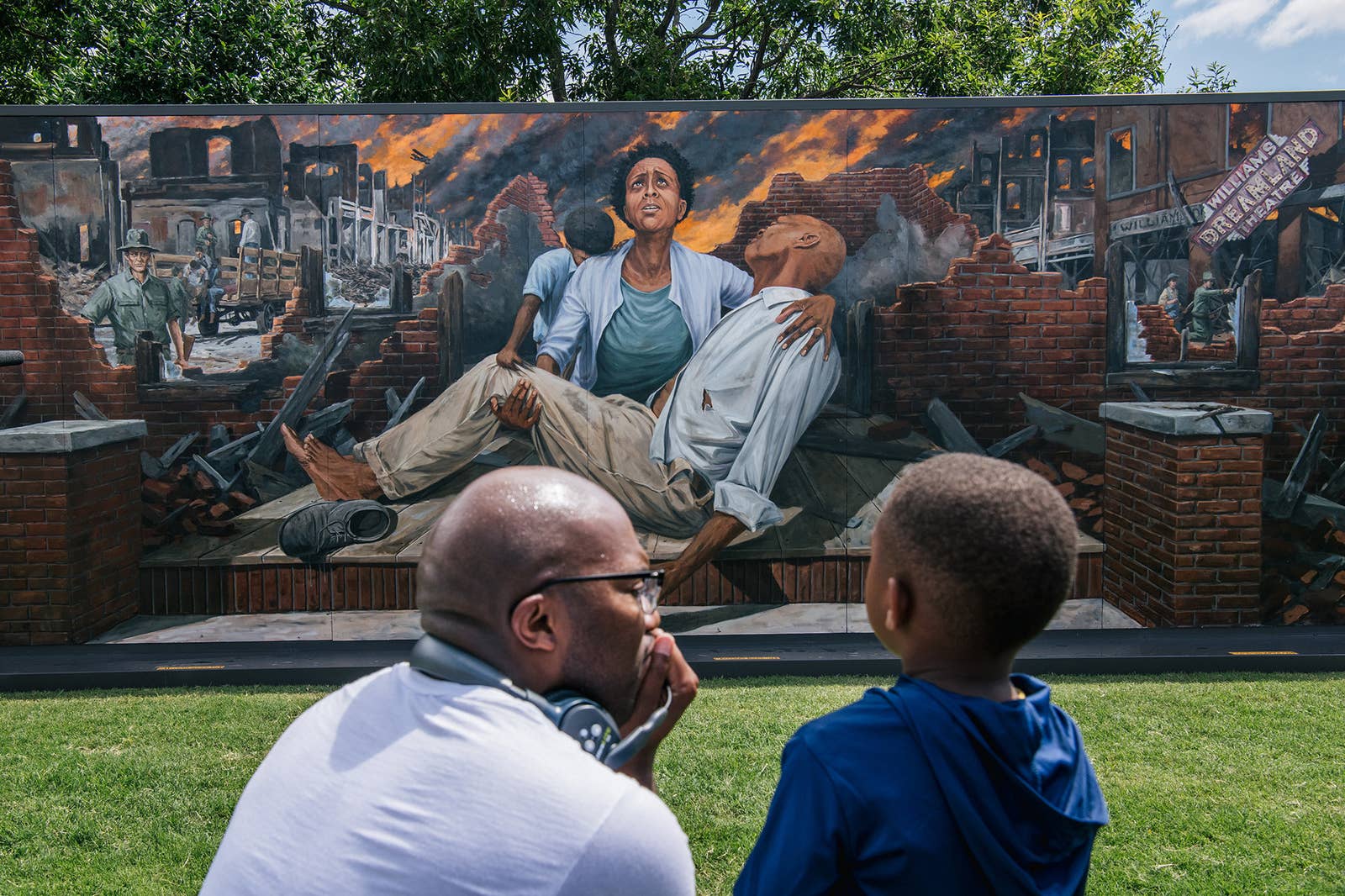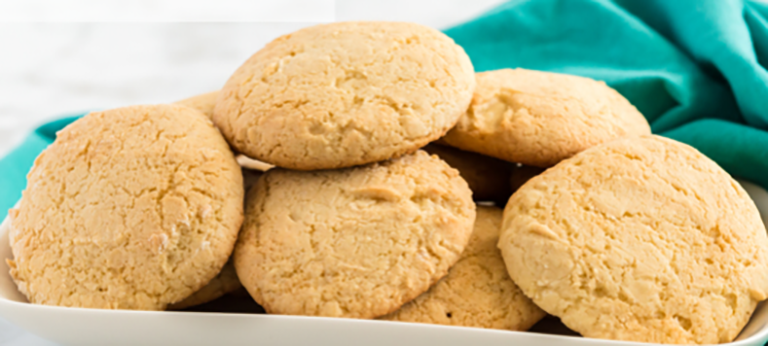Reviving the tea cake of Juneteenth parties past
Like all holidays worth celebrating, the African-American emancipation day known as Juneteenth centers on food.

Juneteenth, which takes place each year on June 19th, celebrates the day in 1865 that the slaves of Texas learned they were free. Though President Abraham Lincoln issued the Emancipation Proclamation on January 1, 1863, the news didn’t take hold in Texas until Union General Gordon Granger arrived in Galveston to enforce it two years later.
This year, Juneteenth celebrations will take place across the country, where there’s a growing a push to have Congress declare Juneteenth a national day of observance. (Learn about the nationwide movement to observe Juneteenth as a celebration of hope.)
But some Juneteenth cooks harbor a more modest goal: restoring tea cake to the holiday table.
“It was one of the basic pastries the slaves used,” says Etha Robinson, a 73-year-old retired Los Angeles science teacher and chairperson of the National Juneteenth Tea Cake Commission. “It was a simple cookie. The recipe was passed on by mouth.”
Red foods—watermelon, red velvet cake, and the cream-ish flavored soda, Big Red—have famously been a traditional part of the meal. According to the Rev. Dr. Ronald Myers, head of the National Juneteenth Observance Foundation, this tradition can be traced to the first celebration held at the Texas governor’s mansion. African-American foodways scholar Frederick Douglass Opie says it may come from the bright red hibiscus iced tea often drunk at slave celebrations. Still others say the red represents the blood spilled to achieve freedom.
Blonde and fragile, the tea cake is the opposite of a red food. It has sugar, but it is not a sugar cookie. It often has nutmeg or citrus, but it is not a snickerdoodle.
“It was almost like eating a cake-like cookie,” recalls 66-year-old Austin, Texas resident Elbert Mackey, who executed a decade-long quest called “The Tea Cake Project” to recreate his Aunt Maggie’s recipe, which he shares with The Plate below. “If you would taste one, you would know. It was just something, you know, ‘wow.’ It had a lot of ‘wow’ to it.”
Tea cake is an integral part of African-American food culture. Made from cupboard ingredients —lard or butter, sugar or molasses, flour—the tea cake likely represents the effort of enslaved Africans to reproduce the fluffy confections they were asked to create for their European masters.
Tea cake has kept generations of children quiet in church, old timers say, or happy while working. Reliable, gentle, familiar, Vergible “Tea Cake” Woods may be the most lovable character in Zora Neale Hurston’s Their Eyes Were Watching God.
Advocates say featuring tea cake at Juneteenth is one way to maintain their place in the culture.
“People are just coming back into learning how to make a tea cake and putting it into the menu for Juneteenth, but we’ve always had it as part of our celebration,” says Bernadette Phifer, curator of Austin’s George Washington Carver Museum and Cultural Center. The museum’s core permanent exhibit focuses on Juneteenth. “The elders would talk about tea cakes,” Phifer says, “that when they were little girls they used to get tea cakes for Juneteenth and it was special.”
It’s that older generation that largely has kept tea cake alive. In San Antonio, Texas, 81-year-old Gloria Price Bryant spreads the gospel of tea cake by making dozens and dozens for funerals and bereavement dinners at her church. Bryant believes the pastry has fallen out of favor because it’s “a pain in the butt to make.” You have to get a feel for it.
“You can’t bake tea cakes from a recipe. You have to watch someone do it,” says Bryant, who made several 300-mile trips home to learn at her mother’s hand. “You have to get that dough just right. It’s almost like pie dough.”
The tea cake commission’s Robinson hopes not only to return the sweet to every Juneteenth table, but to spread its fame to the population at large. She waits for the day, she says, when tea cake is a symbol of African-American culture the way bagels represent Jewish heritage and tortillas represent Latino heritage. She would also like to see tea cake become as economically successful as these foods.
“The tortilla is a multi-billion dollar industry,” says Robinson, who in the 1990s collaborated with the National Council of Negro Women on a commercial product called “Mrs. Bethune’s Tea Cakes.” “I’d like to see some jobs created behind the tea cake.”
Aunt Maggie’s Old-Fashioned Tea Cakes
Contributed by Elbert Mackey, Author of The Tea Cake Round-Up.
Makes 1 Dozen
½ cup margarine, softened
½ cup sugar
½ cup brown sugar, packed
2 large eggs
1 tablespoon evaporated milk
1 teaspoon pure vanilla extract
2 3/4 cups all-purpose flour
1 teaspoon baking powder
1/8 teaspoon salt
Beat margarine at medium speed with an electric mixer until creamy; gradually add the sugars, beating well. Add eggs, 1 at a time, beating until blended after each addition. Add vanilla extract and milk, beating until blended.
Combine flour, baking powder and salt; gradually add flour mixture to shortening mixture, beating at low speed until blended after each addition.
Wrap dough in plastic wrap, and chill for 1 hour.
Roll dough to ¼-inch thickness on floured surface. Cut out cookies with a 2 ½-inch round cutter and place 1-inch apart on parchment paper-lined baking sheet.
Bake at 325◦ for 10 to 12 minutes or until edges are brown; let stand on baking sheet 5 minutes. Remove to wire rack to cool.
Enjoy!
Michele Kayal is the co-founder of
American Food Roots. Follow her on Twitter
@hyphenatedchef.






